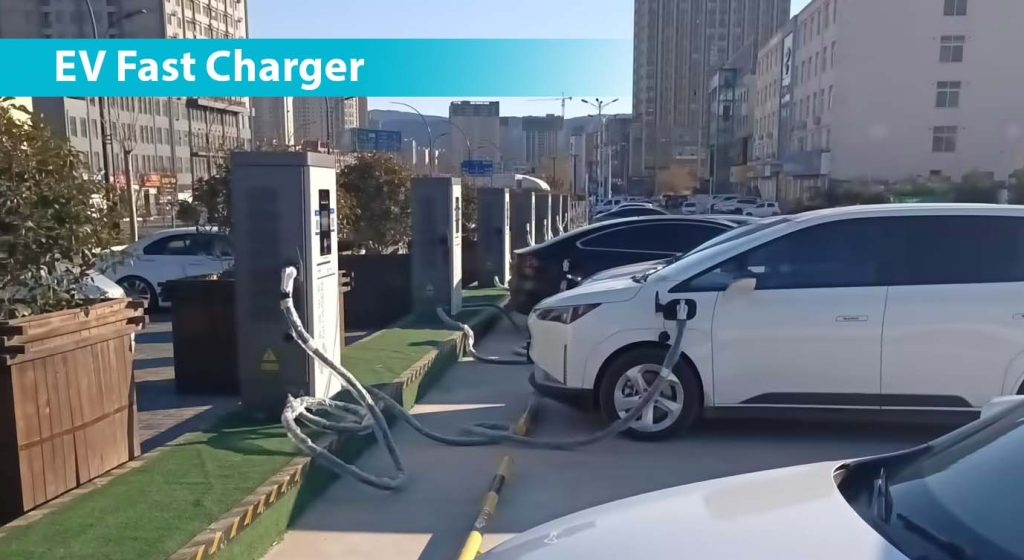Time:
The Middle East is emerging as a significant market for electric vehicles (EVs), with UAE and Saudi Arabia leading the way in EV adoption. However, one of the major challenges to the growth of this market is the lack of infrastructure, especially fast chargers. According to market analysis, to encourage wider EV adoption in the region, we need to establish accessible and reliable fast-charging networks. Here are the basic conditions necessary for EV fast chargers to enter the Middle East in 2024.

Fast charging means providing a high-voltage power supply of between 150 and 350 kW to the battery of an EV that allows it to charge at a much faster rate than level 2 chargers can deliver. Fast chargers must comply with safety measures, including overvoltage and overcurrent protections, and withstand extreme weather conditions. We need to select fast chargers that satisfy these technical specifications to operate in the Middle East.
To encourage EV drivers to switch to electric completely, we need to deploy fast chargers in high-traffic areas, including shopping centers, office buildings, government buildings, and tourist attractions. Therefore, the location strategy should focus on providing fast-charging options in convenient and attractive locations. We also need to ensure the fast chargers are well distributed across the region for people to feel comfortable while driving long distances.
For electric vehicle (EV) charging infrastructure to make business sense, the cost per kWh should be competitive with other charging options, such as at-home charging. Additionally, fast chargers must have an uptime rate that is higher than 99%, otherwise, drivers will not trust them. With these factors in mind, we need to choose cost-effective charging options that can operate efficiently to keep the price competitive.
To effectively reduce the carbon footprint of fast chargers, we must partner with renewable energy companies to power EVs sustainably. The Middle East has an abundance of solar energy that can be utilized for powering fast chargers. We need to explore and exploit these renewable energy sources to maximize the use of clean energy in the charging infrastructure.
To support the faster adoption of electric vehicles, we need to develop a seamless charging experience. This includes features such as intuitive user interfaces, mobile applications, and loyalty programs. We need to make it easy for customers to locate, access, and pay for the fast chargers using a single platform.
The Middle East governments must provide support schemes to EV manufacturers, charging infrastructure providers, and EV drivers. This support can include tax exemptions, funding for charging infrastructure, or incentives for EV purchases. With government support, we can expect a bigger and faster EV charging infrastructure development rate than we would otherwise.
In conclusion, EV fast chargers play a vital role in supporting the growth of EVs in the Middle East. To encourage this growth, we need to ensure that fast-charging systems are accessible and reliable, cost-effective, and able to use renewable energy sources. Additionally, we need to provide seamless customer experiences and offer incentives to manufacturers, charging infrastructure providers, and EV drivers. If we can create a strong fast charging network, we can expect to see EVs becoming a mainstay mode of transportation across the region by 2024.
Recommend for You
Submit Request